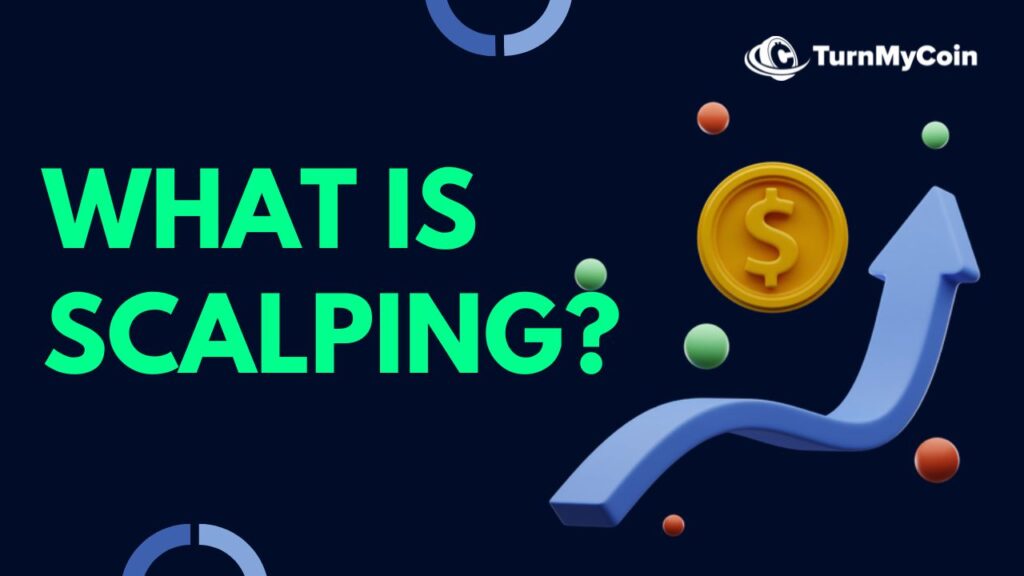Last updated on March 22nd, 2023 at 07:58 am
Introduction
When determining which trading style to use, new traders may become perplexed. Yes, there are various styles. You should select a style that is appropriate for your personality.
You must have a strategy in place that corresponds to your financial goals, risk tolerance, time available for investment, and other criteria.
Scalping is one style that you can consider when you first start off. It allows you to develop a feel for trading. Scalping basically relates to making a lot of little deals during a market day in order to make a profit.
- 1. What is Crypto Scalping?
- 2. Types of Scalp Trading
- 3. How Does Scalping Work?
- 4. Basics of Scalping
- 5. Scalping Characteristics
- 6. The Psychology of Scalping
- 7. How can you create a Cryptocurrency Scalping Trading Strategy?
- 8. Example of Scalping
- 9. Difference Between Day Trading and Scalp Trading
- 10. Is scalping trading profitable?
1. What is Crypto Scalping?
Crypto scalping is a fast-paced trading approach that profits from minor price swings. Instead of concentrating on long-term positions and significant earnings, scalp traders rely on short-term transactions that generate little profits from small price swings over and over.
Because of the high frequency of trades, little earnings can build up to large gains over time.
Cryptocurrencies are incredibly volatile, there are numerous price swings every day. Technical indicators are used by traders to place extremely short-term transactions in order to profit quickly.
These trades can be completed in hours, minutes, or even seconds. As a result, while day traders typically make ten trades per month, scalp traders can make up to 100 trades in the same time frame.
Scalpers typically target coins that have increased interest as a result of some news or important event. For a while, these coins have great volume and decent liquidity. This is when scalpers can take advantage of the increased instability and profit.
2. Types of Scalp Trading
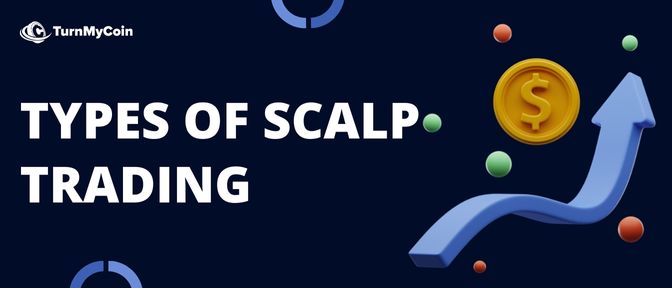
1. Range trading
There are numerous sorts of scalp trading. Range trading is perhaps the most well-known. A ‘range’ is defined as the price of a coin fluctuating between constant high and low points.
The range’s high point is referred to as a resistance level, while its low point is known as a support line. Scalp traders might enter trades at these resistance and support levels in order to profit quickly.
They can, for example, buy at the support level and trade at the resistance level. They can also initiate short trades at the resistance level and exit at the support level. This should result in immediate earnings that can be compounded by opening multiple trades every day.
2. Bid-ask strategy
Scalpers can use the bid-ask spread to create winning trades as well. The bid-ask gap is the difference between the asking and bid prices for a market asset. The discrepancy between these prices can be rather large at times, allowing scalpers to make rapid money.
Bots are commonly used in this method. When it comes to identifying slight price discrepancies in the market, manual traders are not as reliable as machines.
As a result, trading bots are frequently utilised to implement this technique, and individuals who want to use it manually must compete with these speedy and extremely efficient algorithms, a challenging effort, to say the least.
3. Price action and margin trading
Technical indicators are used by some traders to forecast anticipated market moves and execute scalp trades. If they are confident in their forecast, they can employ margin funds to expand the size of their position and maximise profits.
Margin trading is the use of a third party’s funds rather than your own to increase possible gains. However, this is a dangerous technique because crypto price swings are difficult to forecast, and borrowing funds to trade is always risky. To limit possible losses, scalp traders who use this approach typically establish very tight stop losses.
3. How Does Scalping Work?
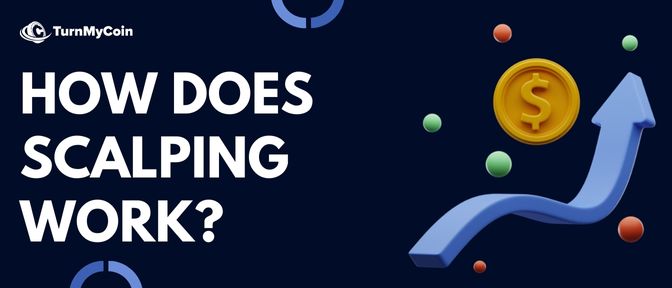
Scalping is only possible because of charting, quickness, and consistency. Scalpers, for example, employ technical analysis and various value gaps generated by bid-ask spreads and request streams.
Scalpers often operate by establishing a spread, or purchasing at the bid price and selling at the asking price, to differentiate between the two value centres. Crypto scalpers attempt to hold their holdings for a short period of time in order to reduce the risk connected with the method.
Furthermore, scalp traders must react rapidly in order to capitalise on the minutes — or even seconds — of short-term instability. In this way, scalpers might continue to gain rewards over time.
Scalping trading is a short-term trading activity that involves investing in and then selling underlying assets numerous times in a single day in order to profit from the price difference.
High Liquidity of Assets is the key
It entails purchasing assets at a lower price and selling them at a greater price. The cornerstone for scalp trading is to choose highly liquid assets that ensure consistent price changes throughout the day. If the assets are not liquidated, it is nearly impossible to the scalp. Furthermore, liquidity ensures that you only receive the best price offers when entering and exiting the market.
Scalpers argue that making tiny purchases is considerably easier and carries smaller risks due to market volatility. They can simply make tiny earnings before the opportunities are lost.
Scalp trading is often on the opposite end of the spectrum. In this case, traders hold their positions overnight, often for weeks or months at a time, in order to maximise profits. Scalpers also believe that generating multiple profit possibilities in a short period of time is preferable to waiting for a big one.
While there are other trading styles, such as position trading, that rely on core and technical research to determine traders, scalp traders primarily focus on technical trading approaches.
The study of previous price movements of all assets, particularly keeping up with current trends, is known as technical evaluation. Scalp traders employ a variety of tools and charts to accomplish this. Scalpers investigate patterns and forecast future price fluctuations while negotiating a contract.
Scalp traders use numerous timeframes and trading charts that are the shortest of all trading methods. A scalp trader can do 10 to 100 deals in a single day by using timeframes of as little as five seconds.
4. Basics of Scalping
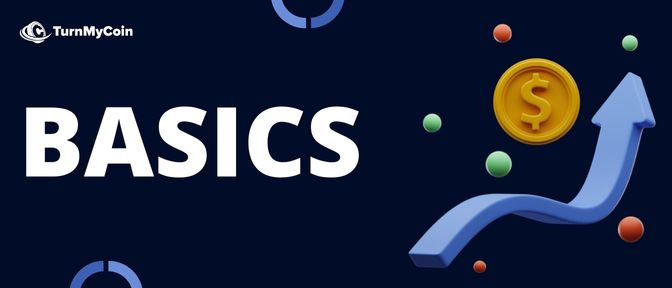
Scalping employs larger position sizes in order to obtain smaller price gains in the quickest length of time. It is completed during the day. The main purpose is to buy or sell a large number of shares at the bid—or ask—price and then swiftly sell them for a profit a few pennies higher or lower. Holding times can range from seconds to minutes and, in extreme cases, several hours.
5. Scalping Characteristics
Scalping is a high-speed activity for quick traders. Precision timing and execution are required.
Scalpers use four-to-one-day trading buying power to maximise earnings with the most shares in the smallest amount of holding time. This necessitates concentrating on shorter time frame interval graphs, like one-minute and five-minute candlestick charts.
Momentum indicators often employed include moving average convergence divergence (MACD), stochastic, and the relative strength index (RSI). Moving averages, Bollinger bands, and pivot points are price graph indicators that are utilised as reference points for price support and resistance levels.
Scalpers purchase low and sell high, buy high and sell higher, or short high and cover low.
The quickest techniques for the quickest order fills are point-and-click style implementation through the Level 2 window or pre-programmed hotkeys.
Scalping is solely focused on technical analysis and price changes in the short term. Scalping is regarded as a high-risk trading strategy due to the excessive use of leverage.
Scalpers frequently make blunders such as bad execution, poor strategy, failure to take stop-losses, over-leveraging, late entrances, late exits, and overtrading. Because of the increased volume of transactions, scaling creates expensive commissions.
Scalpers benefit from a per-share commission price system, especially those that scale smaller shares in and out of positions.
6. The Psychology of Scalping
Scalpers must be disciplined and adhere strictly to their trading schedule. Any decision that must be taken must be made with certainty. However, scalpers must be highly adaptable because market conditions are constantly changing, and if a deal does not go as planned, they must correct the situation as soon as possible without incurring too much damage.
7. How can you create a Cryptocurrency Scalping Trading Strategy?
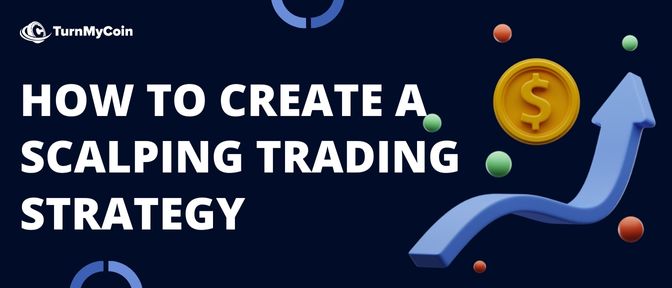
Follow the easy steps below to set up a cryptocurrency scalp trading strategy:
7.1. Choose the trading pairs
Choose a trading combination that fits your risk-return investment profile based on the volatility and liquidity of digital assets.
7.2. Select a trading platform
Consider trading costs, interface, customer service, and other factors when choosing a trading platform that supports your preferred trading pair.
7.3. Choose scalper bots
Because speed is the core of scalping, those who trade using the software are always ahead. Furthermore, manual portfolio management is often time-consuming and error-prone.
8. Example of Scalping
Assume a trader uses scalping to profit from price swings in a $10 crypto ABC. The trader will buy and sell a large number of ABC tokens/coins, say 50,000, at opportune price changes of modest amounts.
For example, they could opt to buy and sell in $0.05 increments, creating little profits that mount up over time because they are buying and selling in bulk.
9. Difference Between Day Trading and Scalp Trading
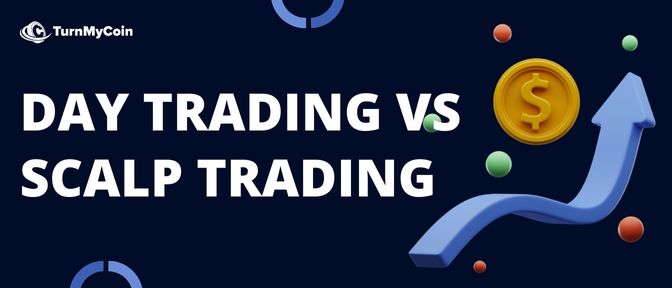
Day trading is quite similar to scalping. A day trader frequently employs timeframes of 1 to 2 hours. They have a typical account size and trade in quick successions. They do, however, trade at an average pace. A day trader will also stay with the trend. They concentrate their trading decisions on technical analysis.
Scalp traders, on the other hand, trade on periods ranging from 5 seconds to 1 minute. They take a greater risk in the market and have a larger account size. Scalp traders are typically concerned with obtaining immediate results. Scalper traders’ key strength is their experience.
10. Is scalping trading profitable?
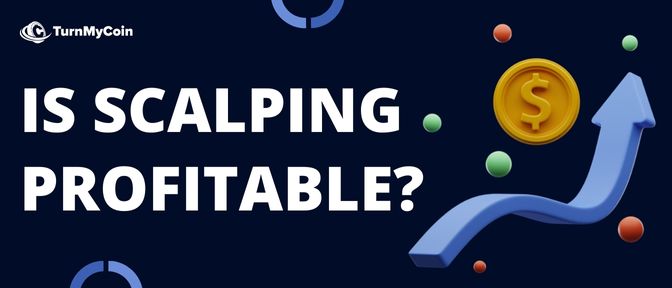
A scalping trading method can be profitable if the winning deals outnumber the losing ones.
This may seem apparent, but with other trading strategies, a single lost trade may not wipe out all of your efforts. Longer-term traders, like day traders or position traders, may win fewer than half of their transactions and still earn. Whereas scalpers could see their entire day’s effort vanish in the blink of an eye.
Conclusion
Crypto scalping may appear to be a feasible trading strategy that can yield reasonable profits over time. However, it is risky and takes much research to deploy.
Furthermore, the cryptocurrency market is extremely volatile, and you should only trade/invest what you can afford to lose completely.
